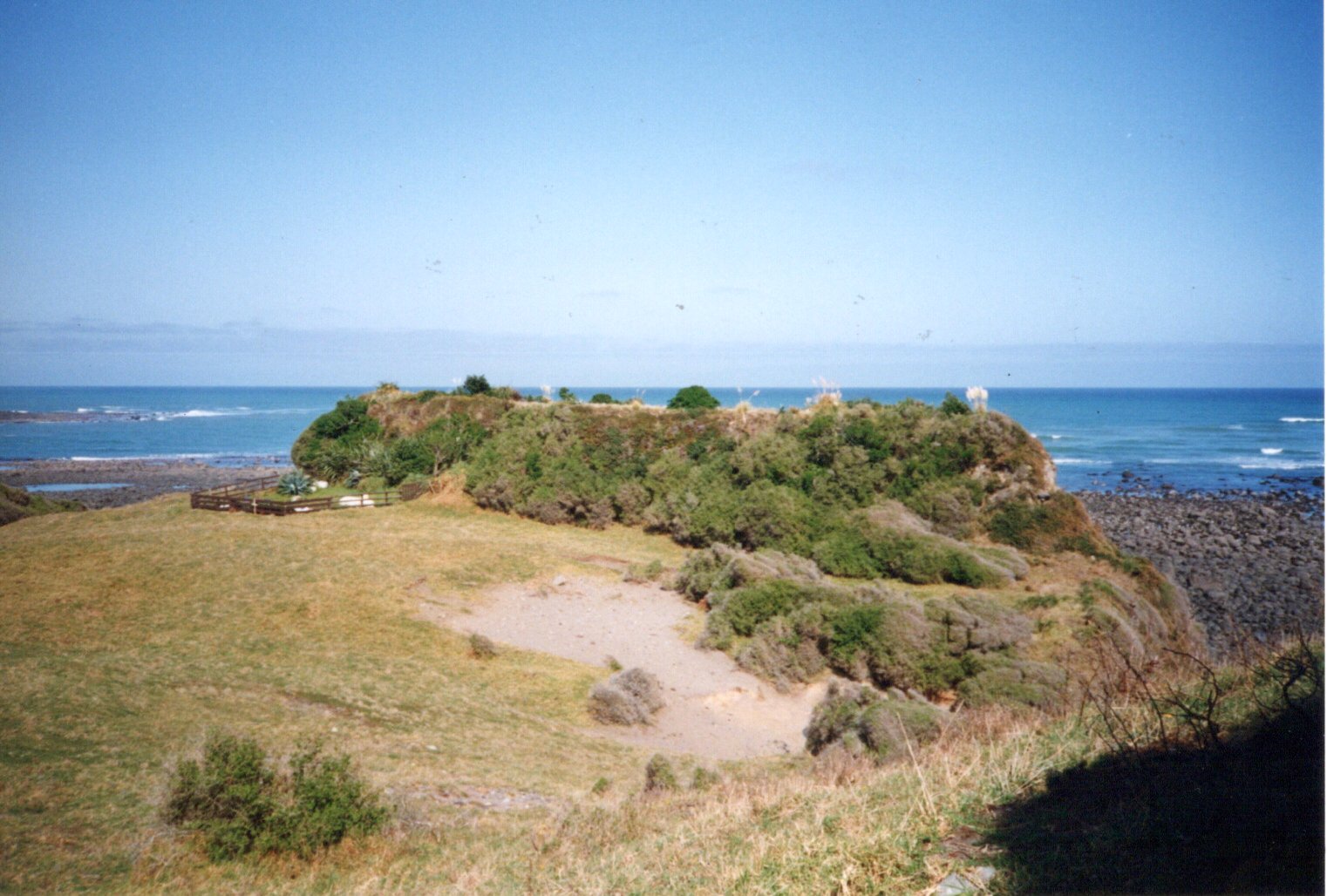Archive
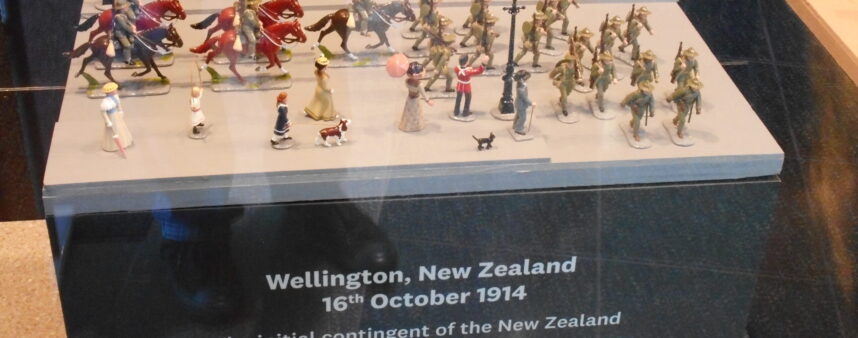
Check out the display in the store window of the Museum of New Zealand Te Papa Tongarewa illustrating New Zealand’s participation in the Gallipoli Campaign of 1915. Installed over two days in March, the five scenic bases are set to remain in place until May.
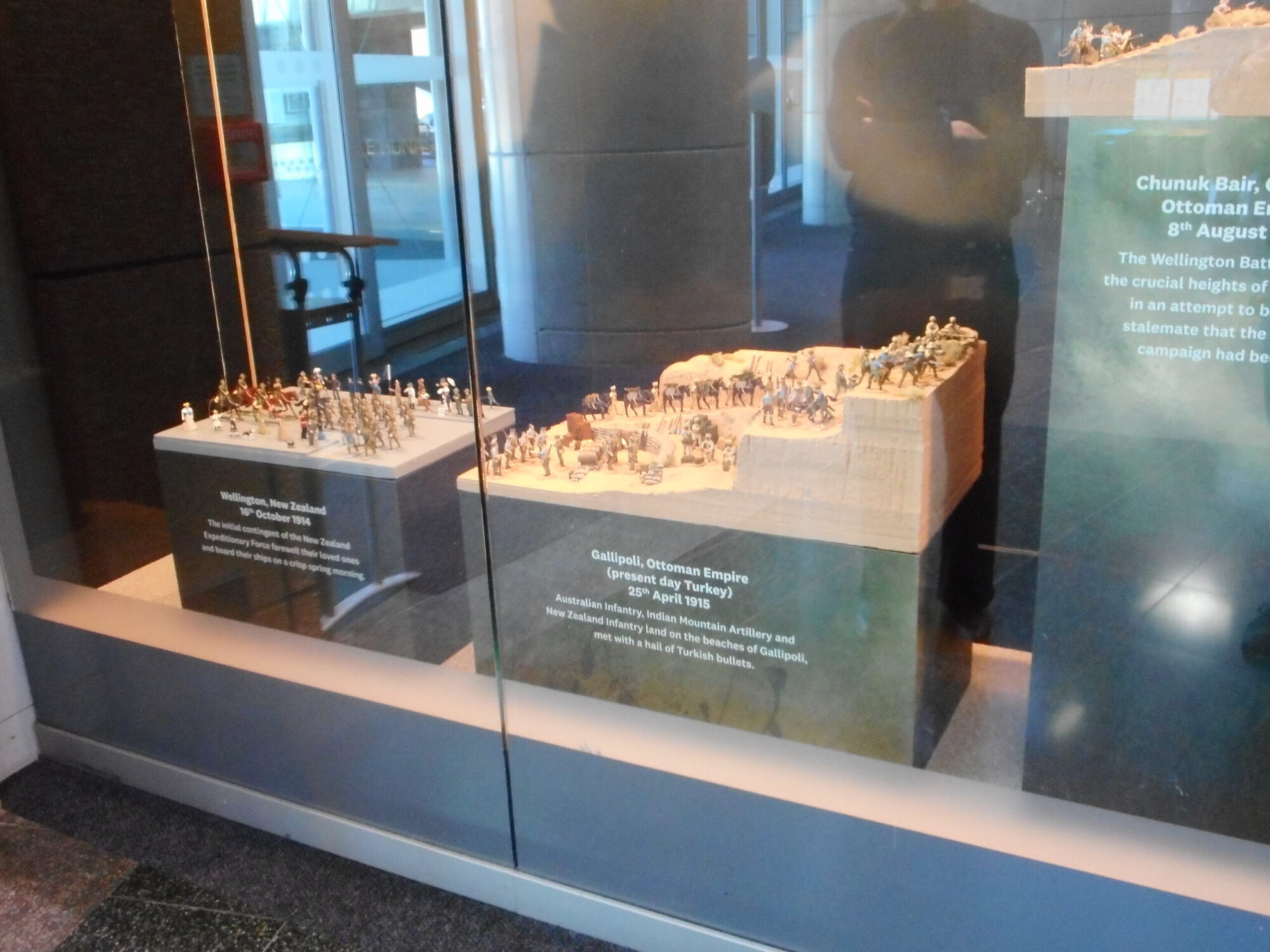
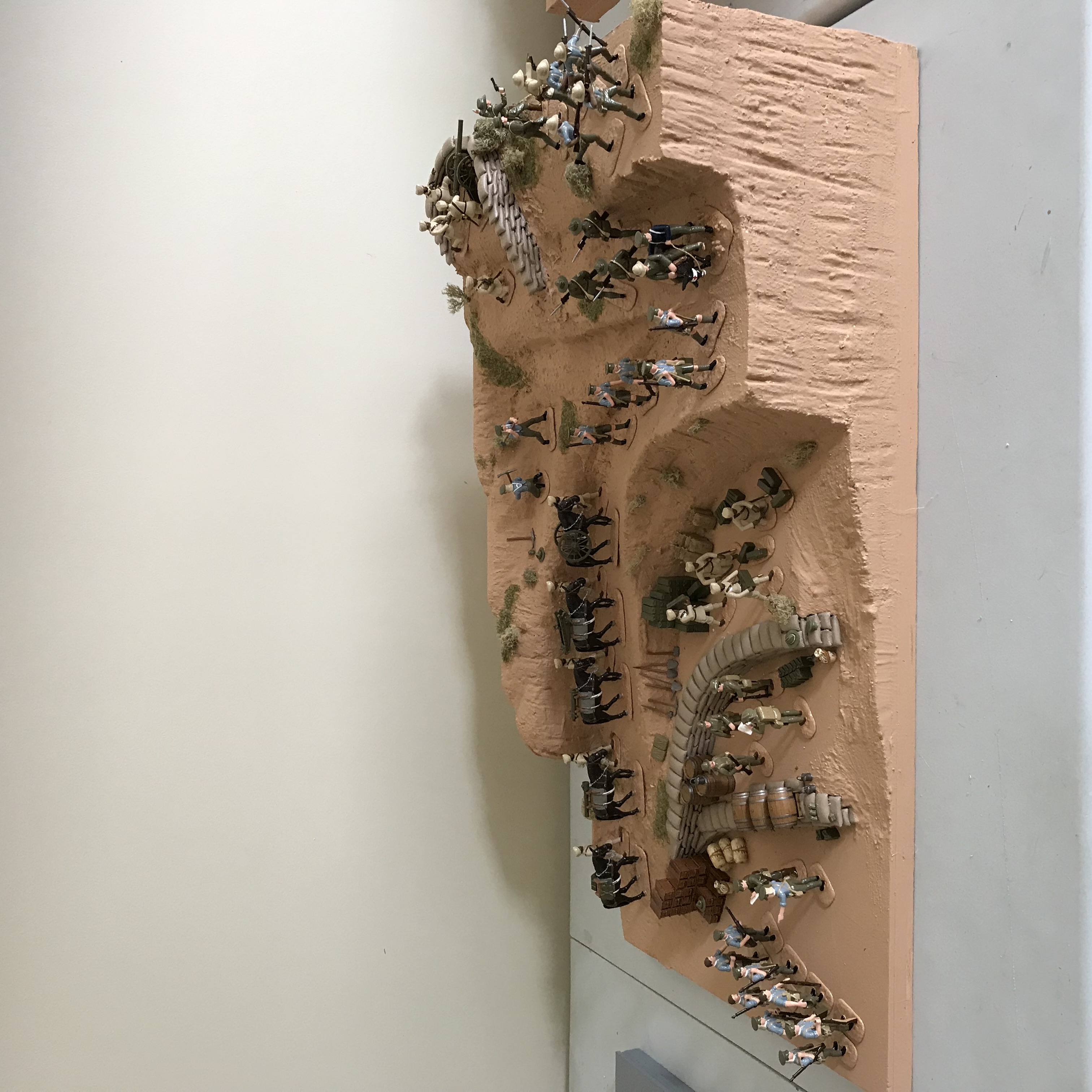
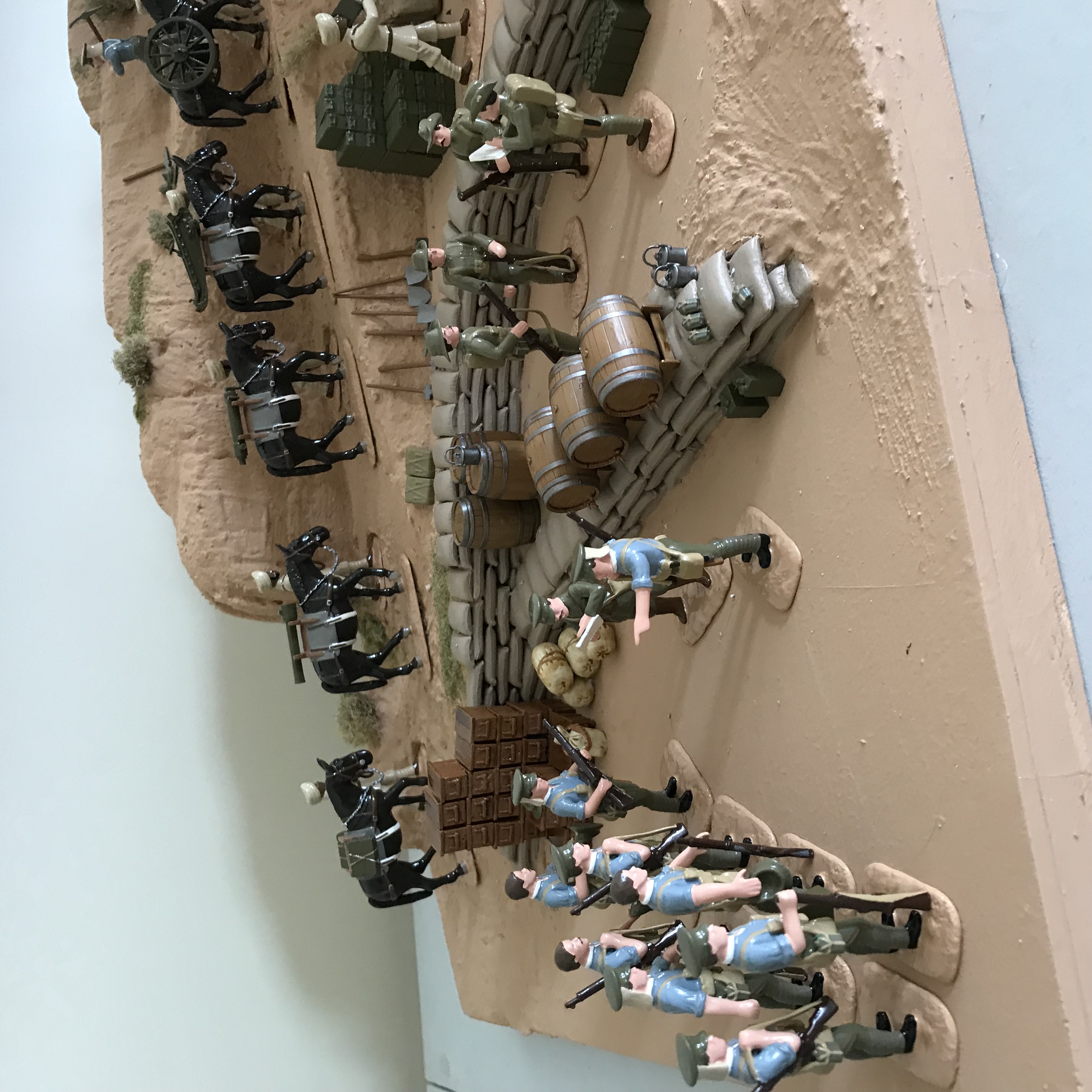

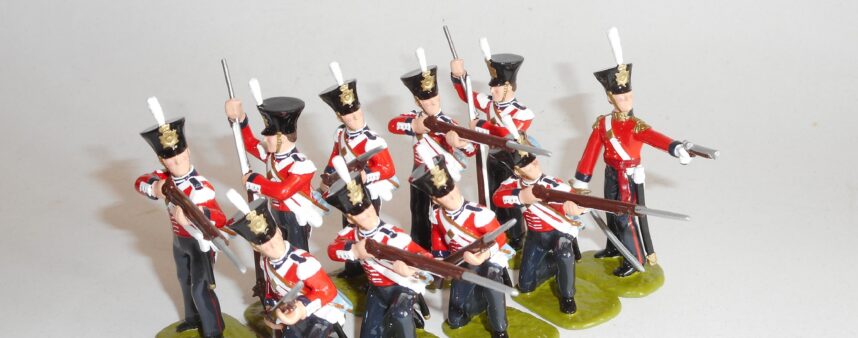
Two new sets featuring the 50th (Queen’s Own) Regiment of Foot that took part in the rescue of Betty Guard, her two children and the surviving crew of the barque Harriet in 1834.
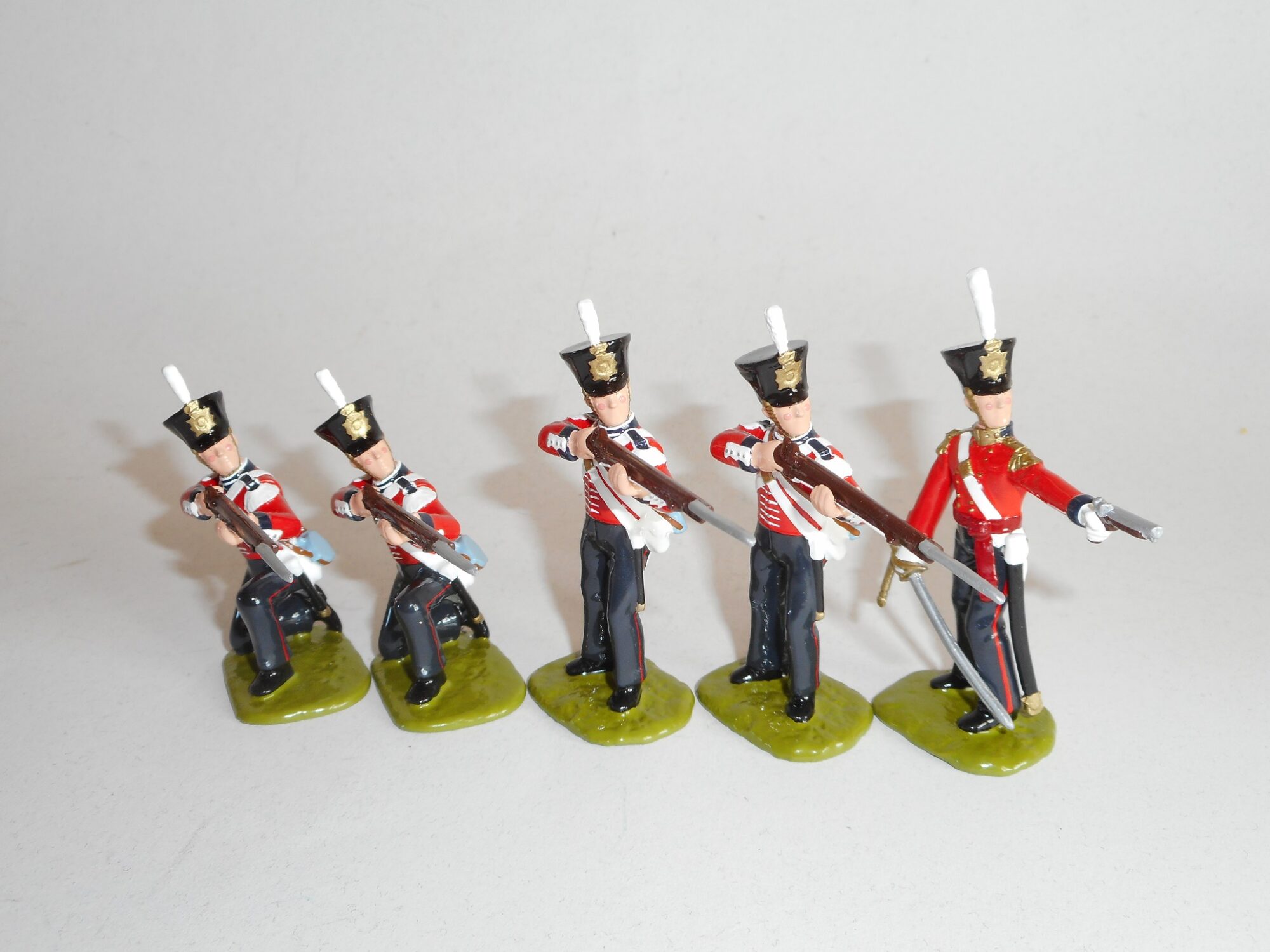
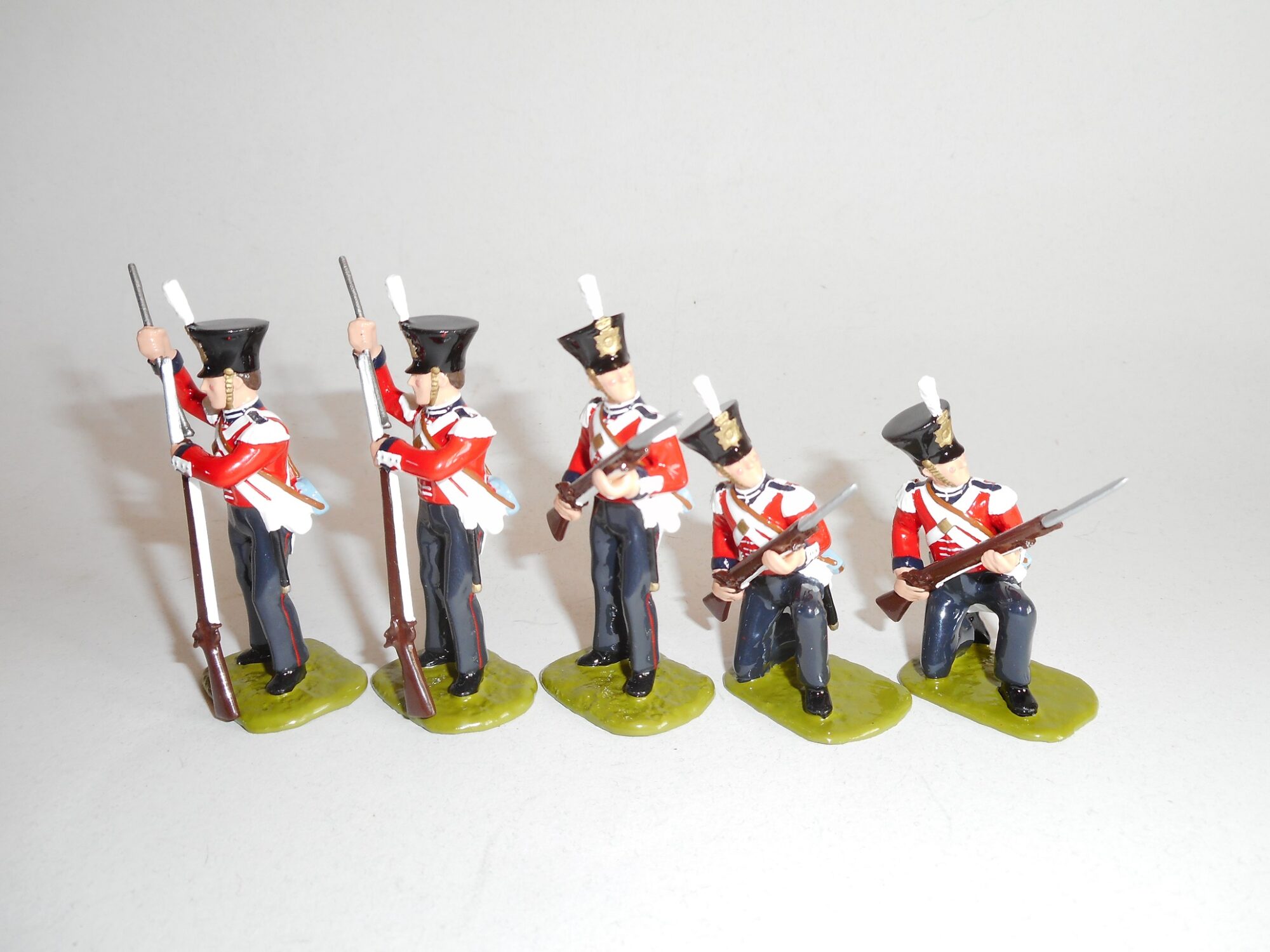
The Harriet Affair
In April 1834 the barque Harriet, returning from Sydney to New Zealand, was wrecked near Cape Egmont off the Taranaki coast. All aboard survived, including the whaler John “Jacky” Guard, his wife Elizabeth and their children, 2year old John and 6 month old Louisa.
After a few days the survivors came under attack from local M?ori and forced to surrender, with a number having been killed and subsequently eaten. John Guard negotiating a ransom for his family and the remaining sailors was allowed to set off in a small boat. Returning in the whaling ship Joseph Weller he was unable to make landfall and continued onto Sydney. Here Guard was able to convince the New South Wales Governor Bourke to dispatch an expedition consisting of H.M.S. Alligator and the colonial schooner Isabella, with three officers and sixty-five men of the 50th Regiment, sailing on 31 August.
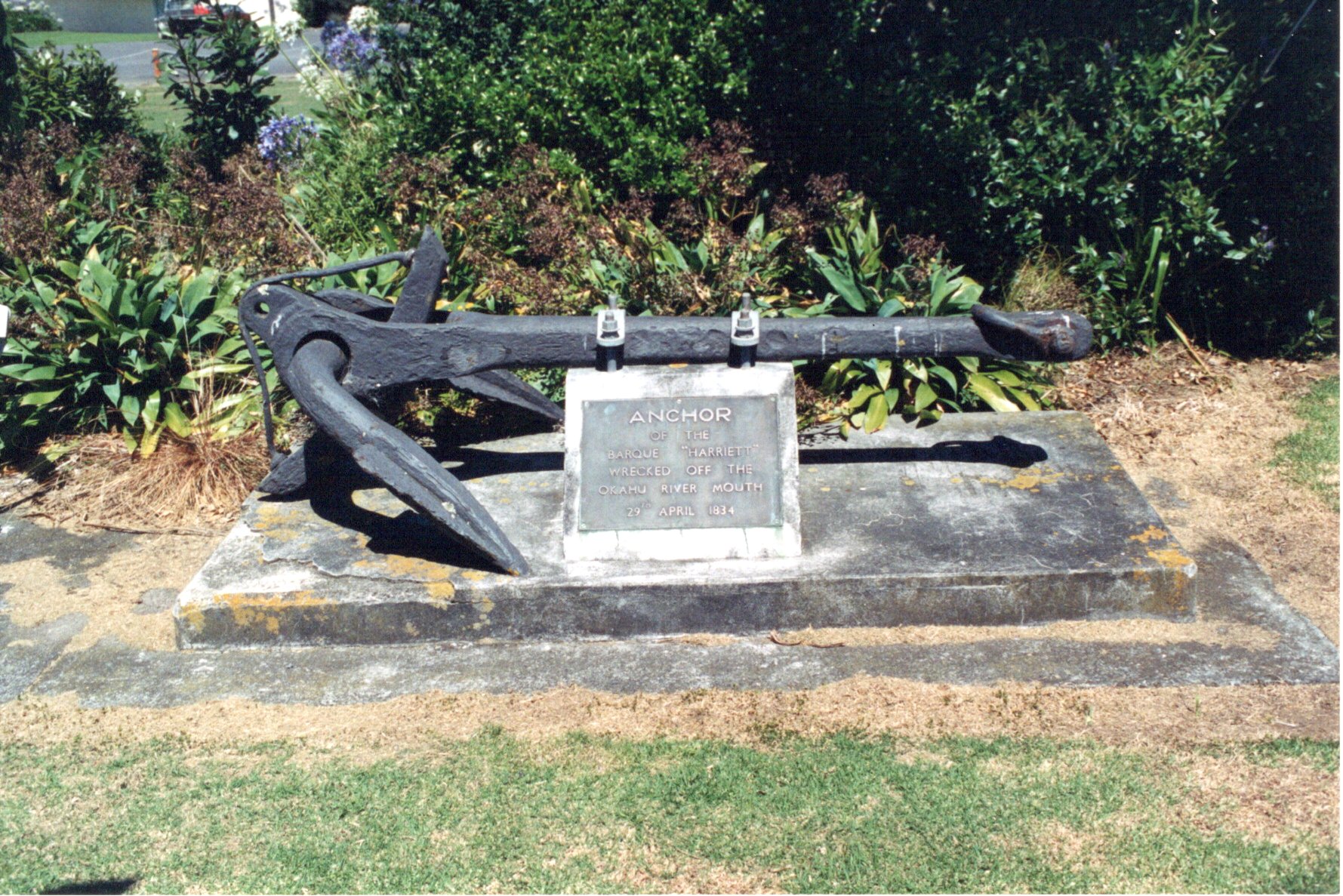
Arriving off Taranaki the Harriet’s surviving crew were rescued, the force then sailing down the coast to Te Namu p?, which was stormed and found to be unoccupied. Sailing further south to the two p? of Waimate and Orangi-tuapeka where Betty and Louisa were handed over on 1 October after a bombardment and return musket fire from M?ori. On 8 October a combined force of 50th Regiment, Royal Marines and sailors with a 6 pounder cannon became involved in a skirmish after securing young John Guard. Both p? were captured and destroyed, and the expedition returned to Sydney in November.
